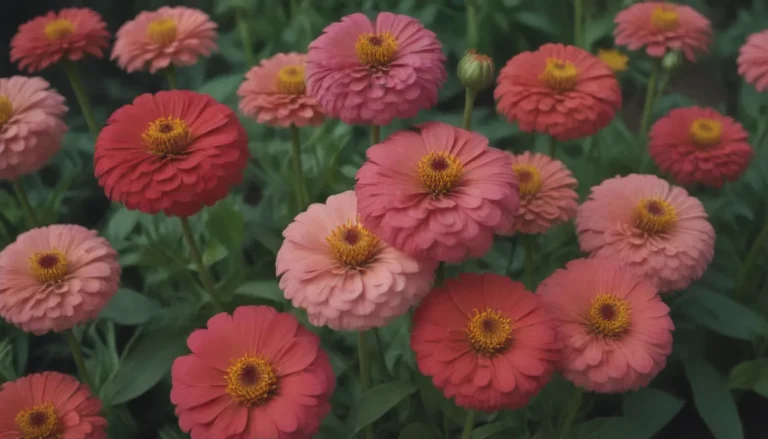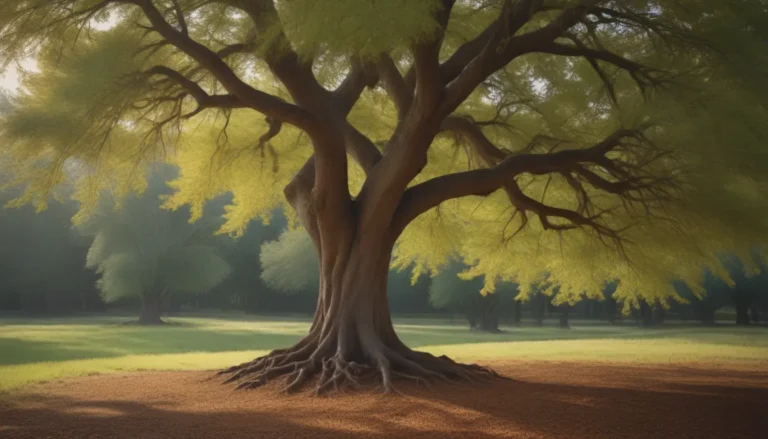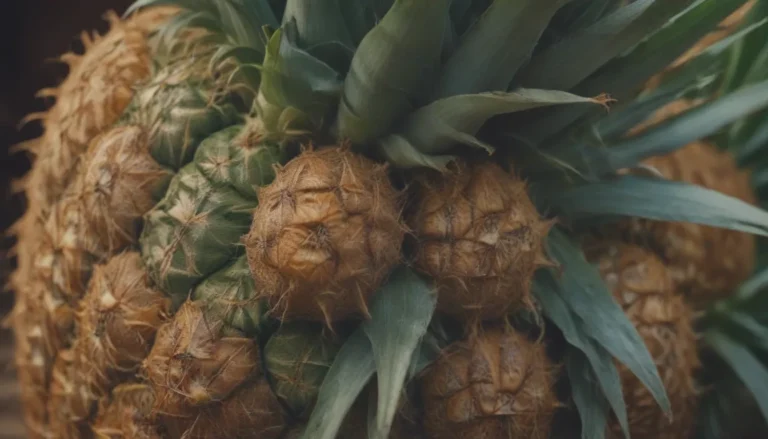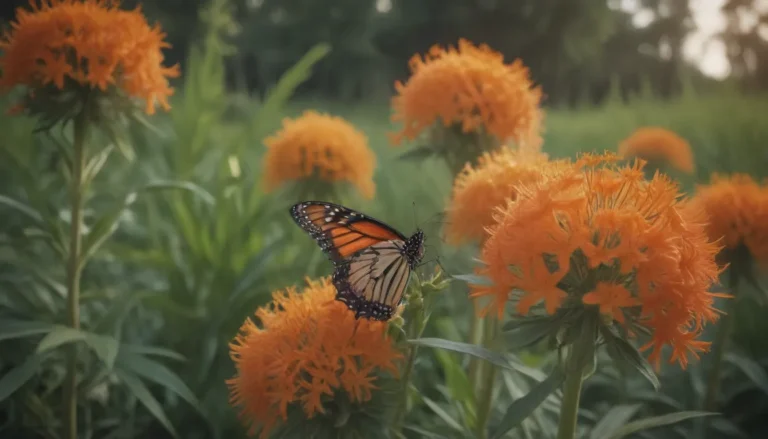Comprehensive Guide to Growing and Caring for Northern Bush Honeysuckle
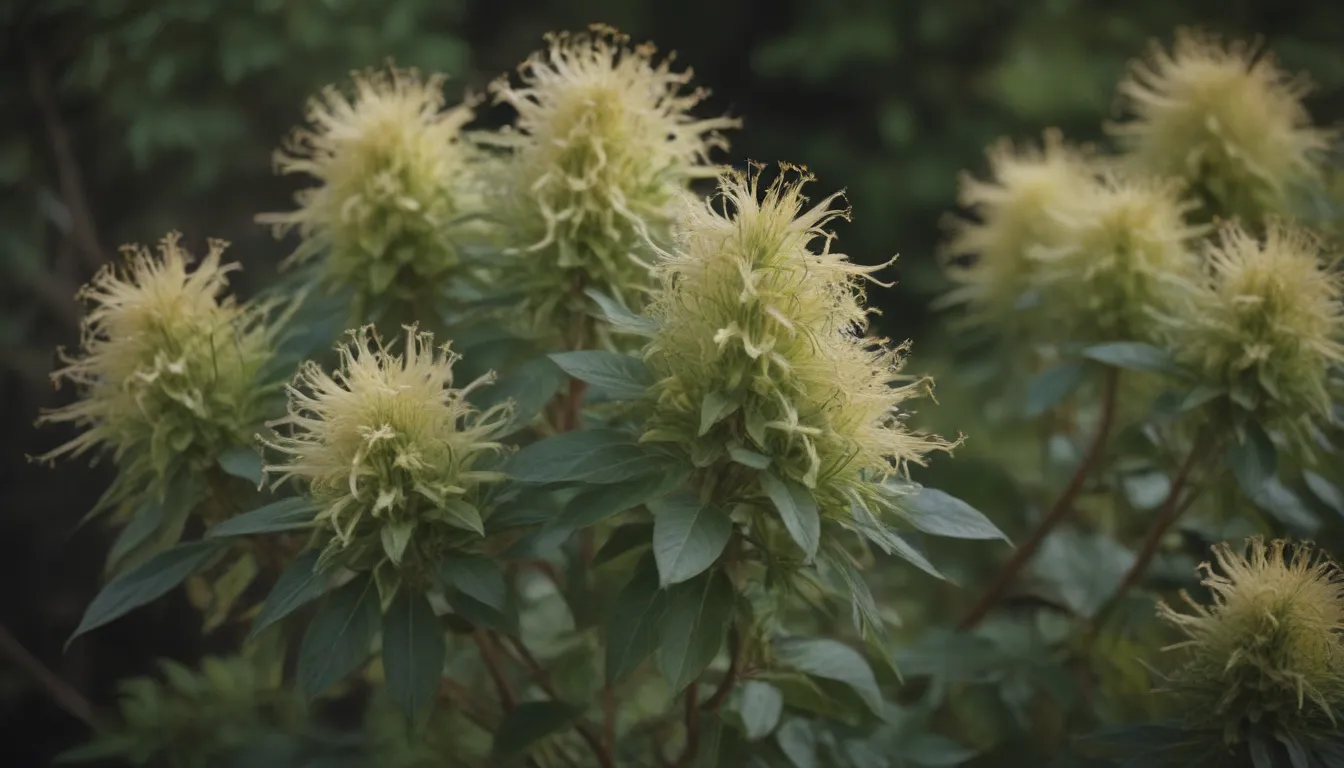
Are you looking for a versatile, hardy shrub that thrives in dry, semi-shady conditions? Look no further than the Northern Bush Honeysuckle! This small deciduous shrub is native to southeastern Canada and the northeastern U.S., featuring trumpet-shaped yellow flowers and vibrant foliage that turns shades of yellow and orange in the fall. In this comprehensive guide, we will explore everything you need to know about growing and caring for Northern Bush Honeysuckle to ensure your plants thrive and bloom abundantly.
Introduction to Northern Bush Honeysuckle
Northern Bush Honeysuckle is not your typical honeysuckle plant; it belongs to a separate genus with just three species, including Northern Honeysuckle (Diervilla lonicera). Unlike invasive true honeysuckles, Northern Bush Honeysuckle is a sun-loving shrub with a suckering, dense growth habit. It is commonly planted as a potted nursery plant in spring or can be grown from seeds for a rewarding gardening experience.
Key Characteristics of Northern Bush Honeysuckle:
- Sun-loving woody deciduous shrub
- Trumpet-shaped yellow flowers in late spring and early summer
- Dark-green pointed oval leaves that turn yellow and orange in the fall
- Not invasive like true honeysuckles
Northern Bush Honeysuckle Care Tips
Northern Bush Honeysuckle is a versatile shrub that thrives in relatively dry, semi-shady conditions. Whether you’re planting it as ground cover or in a small hedgerow, here are some essential care tips to help your plants flourish:
Light:
- Copes well with various light levels, but prefers abundant sunlight for impressive foliage color.
Soil:
- Thrives in rocky, poor quality, infertile soils.
- Sandy, loamy, and clay soils are suitable, provided they are well-drained.
- Fertile, moderately moist soil can result in healthier, faster-growing shrubs with more abundant flowering.
Water:
- Impressively drought-tolerant, preferring dry to medium soil.
- Newly planted shrubs benefit from moist soil conditions for the first year.
- Mulch over the root zone to conserve soil moisture and maintain optimal soil temperatures.
Temperature and Humidity:
- Hardy in zones 3 to 7, thriving in cooler summers.
- Prefers dry woodland conditions with minimal humidity.
Fertilizer:
- Mature shrubs do not require fertilization.
- Feeding young shrubs can promote larger flowers and increased flowering.
Types of Northern Bush Honeysuckle
While Northern Bush Honeysuckle is primarily used in its native species form, there are two closely related species in the genus that also make excellent landscape plants. Consider exploring these related species for added variety in your garden:
- Southern Bush Honeysuckle (Diervilla sessilifolia)
- Mountain Bush Honeysuckle (Diervilla rivularis)
Pruning Tips for Healthy Growth
Pruning is essential for maintaining the shape and health of Northern Bush Honeysuckle. After the shrub finishes flowering, prune by cutting back the top of the plant, being careful not to remove more than one-third of the total mass. Regular pruning promotes new growth, especially if you are growing the shrub as a hedge.
Propagating Northern Bush Honeysuckle:
- This shrub can be propagated through root cuttings or the suckering root system.
- Consider rooting softwood or semi-hardwood stem cuttings for easy propagation.
Growing Northern Bush Honeysuckle From Seed
While less common, growing Northern Bush Honeysuckle from seed can be a rewarding experience. Here’s how to successfully grow these shrubs from seed:
- Cold Stratification: Seeds require three months of cold stratification before planting.
- Sowing: Plant seeds close to the soil surface in direct sunlight.
- Cross-Pollination: Ensure cross-pollination from another nearby plant for viable seeds.
Potting and Repotting Tips
Container-growing Northern Bush Honeysuckle is possible but may require frequent repotting due to the plant’s extensive root system and fast growth rate. Consider these tips for potting and repotting your shrubs:
- Use a large, well-draining pot with a dry potting medium.
- A 50-50 mix of commercial potting mix and sand is ideal for container growth.
- Transplant into the garden as the shrub outgrows its container.
Common Plant Diseases and Solutions
While Northern Bush Honeysuckle is generally resistant to serious pests, it can be susceptible to powdery mildew and leaf spot diseases. Here are some tips for managing common plant diseases:
- Diseases usually occur during wet, humid periods and diminish in dry, cool weather.
- Avoid overwatering and ensure proper air circulation around the plants.
- Remove infected leaves and debris to prevent disease spread.
Troubleshooting Bloom Issues
If your Northern Bush Honeysuckle is failing to bloom, consider these common reasons that may be hindering flower production:
- Ensure the plant receives adequate sunlight.
- Check for nutrient deficiencies that may impact flowering.
- Prune overgrown plants to promote new growth and flowering.
Addressing Common Problems
While Northern Bush Honeysuckle is a resilient plant, occasional issues may arise. Here are some common problems and solutions to help your shrubs thrive:
Sparse Growth:
- Regularly prune expanding suckers and mature stems to maintain a dense plant structure.
Snow Damage:
- Remove broken stems caused by heavy snow to stimulate new growth.
- Consider snow damage as natural pruning that does not harm the plant.
Root Rot:
- Prevent root rot by ensuring well-drained soil and avoiding wet conditions.
- Transplant affected suckers to a more suitable location for recovery.
Conclusion
In conclusion, Northern Bush Honeysuckle is a versatile and hardy shrub that adds beauty and color to any garden. By following these care tips and guidelines, you can ensure your plants thrive and bloom abundantly year after year. Whether used as ground cover or in a hedge, Northern Bush Honeysuckle is an excellent choice for gardeners seeking low-maintenance, beautiful plants. Happy gardening!
